Description
In 1797, the State of Virginia first authorized the manufacture of a musket for its state
militias patterned after the US M1795 flintlock musket Production facilities were set up in
Richmond in 1801, and production commenced in 1802. The First Model was produced
between 1802 and 1812 and the Second Model until at least 1820. Considerable variations
exist, and those examples which were converted to percussion are generally considered to
be Confederate and were provided to Virginia regiments early in the Civil War. Many were
issued as flintlocks and later recalled for conversion to percussion by a number of different
contractors. This example features a 42″ round smooth bore barrel of approximately .72
caliber with a rectangular front sight. The walnut full stock is fitted with three barrel bands,
each secured with a spring. The flat lockplate is marked “VIRGINIA” in block letters over
“Manufactory” in script letters forward of the hammer. The rear of the lockplate marked
“1818″ vertically with “RICHMOND” above it in an arch. In the conversion to percussion, the
bolster for the nipple has been somewhat crudely attached to the barrel. The pan has been
cut away, and the holes that originally held the frizzen have not been filled. The flat
hammer shows hand finishing and not the fine even finish of precision factory production.
Mounts are all iron, including serpentine side plate, butt plate, trigger guard with sling swivel,
and ramrod. The forward sling swivel on the middle band is absent, but it was once fitted
for one. The stock has two repaired cracks on the reverse through and forward of the side
plate, and carved initials “WHS” on the butt and behind the side plate. The somewhat crude
conversion to percussion would be typical of a musket quickly converted in the early stages
of the war. Unlike South Carolina, which had been stockpiling weapons long before its
secession in anticipation of armed conflict, Virginia originally had no intention of seceding,
and only did so after Lincoln made it clear that he would send troops to invade the South
and force them back into the Union. Also, contrary to current public opinion, their secession
had nothing to do with slavery, since they seceded after the Corwin Amendment passed
both the US House and Senate. This would have been an amendment to the US
Constitution which preserved the right of slave ownership in perpetuity. In fact, Virginia’s
secession only risked losing its right to own slaves, which ultimately it did as a result.
Overall length 56 ½”. Metal generally smooth, with minor pitting and a dark gunmetal
patina. The stock is sound with typical dents from use and the above noted cracks. Action
functions properly. A piece of history which undoubtedly saw action in the early stages of
the Civil War.

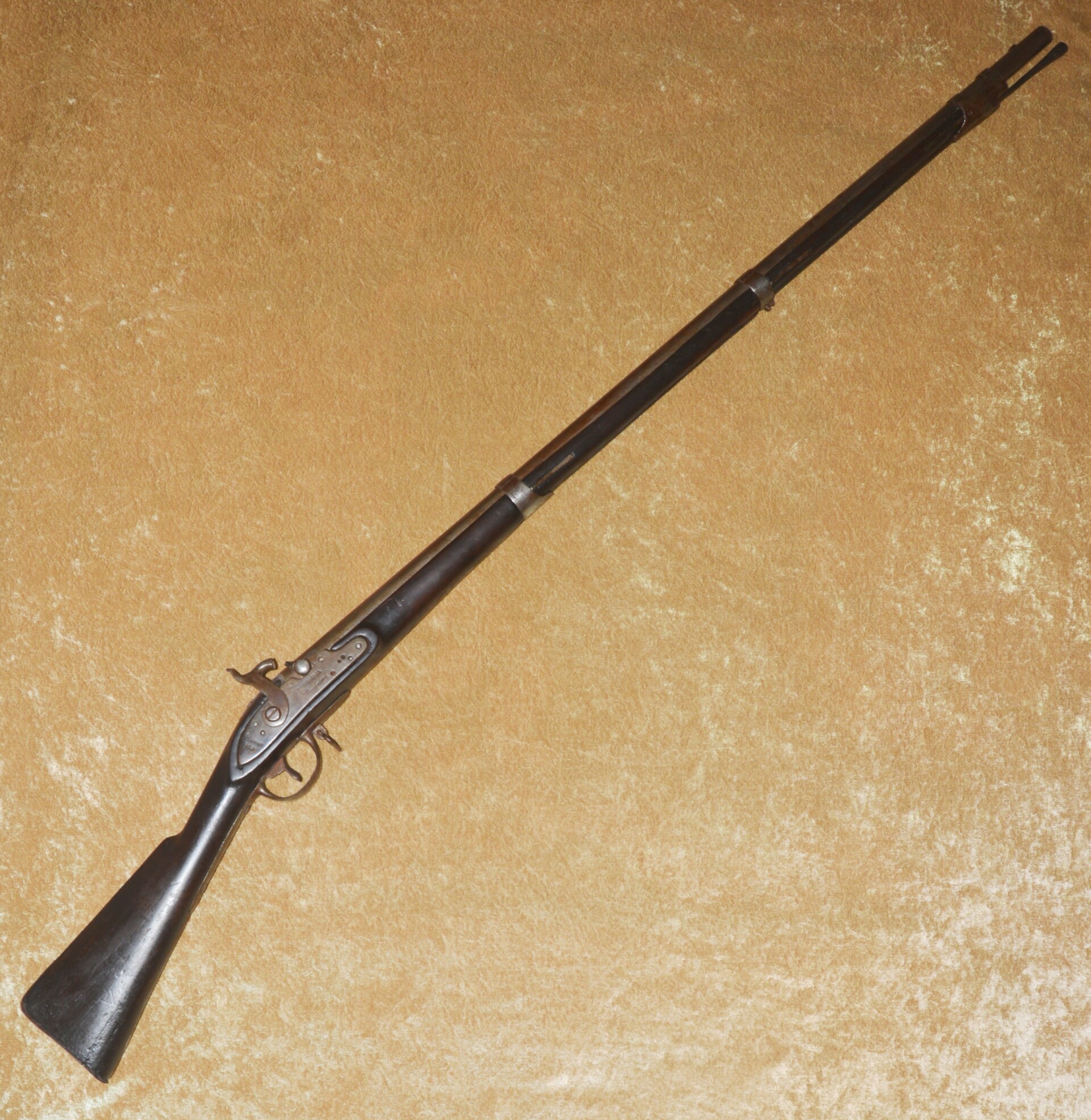
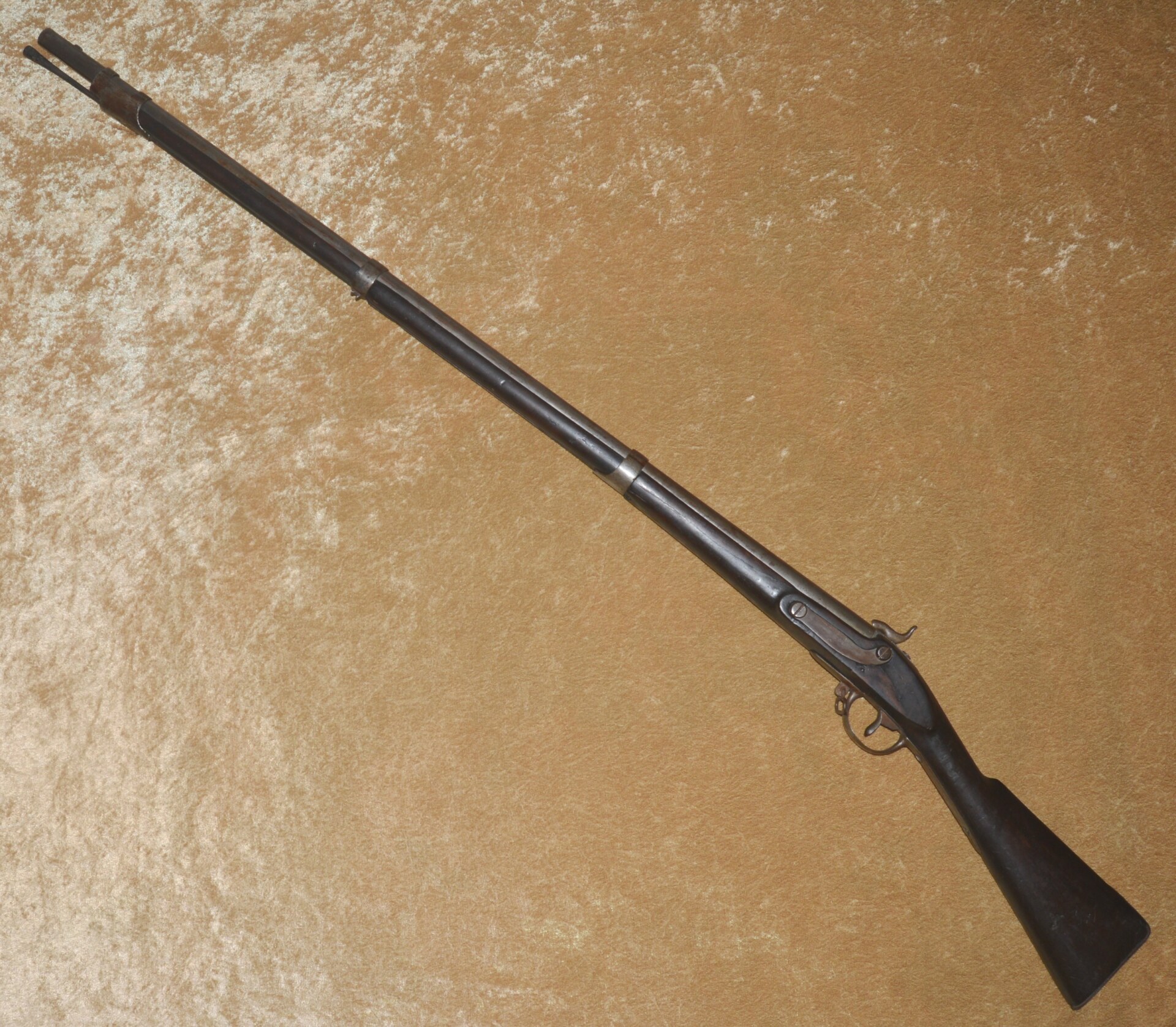

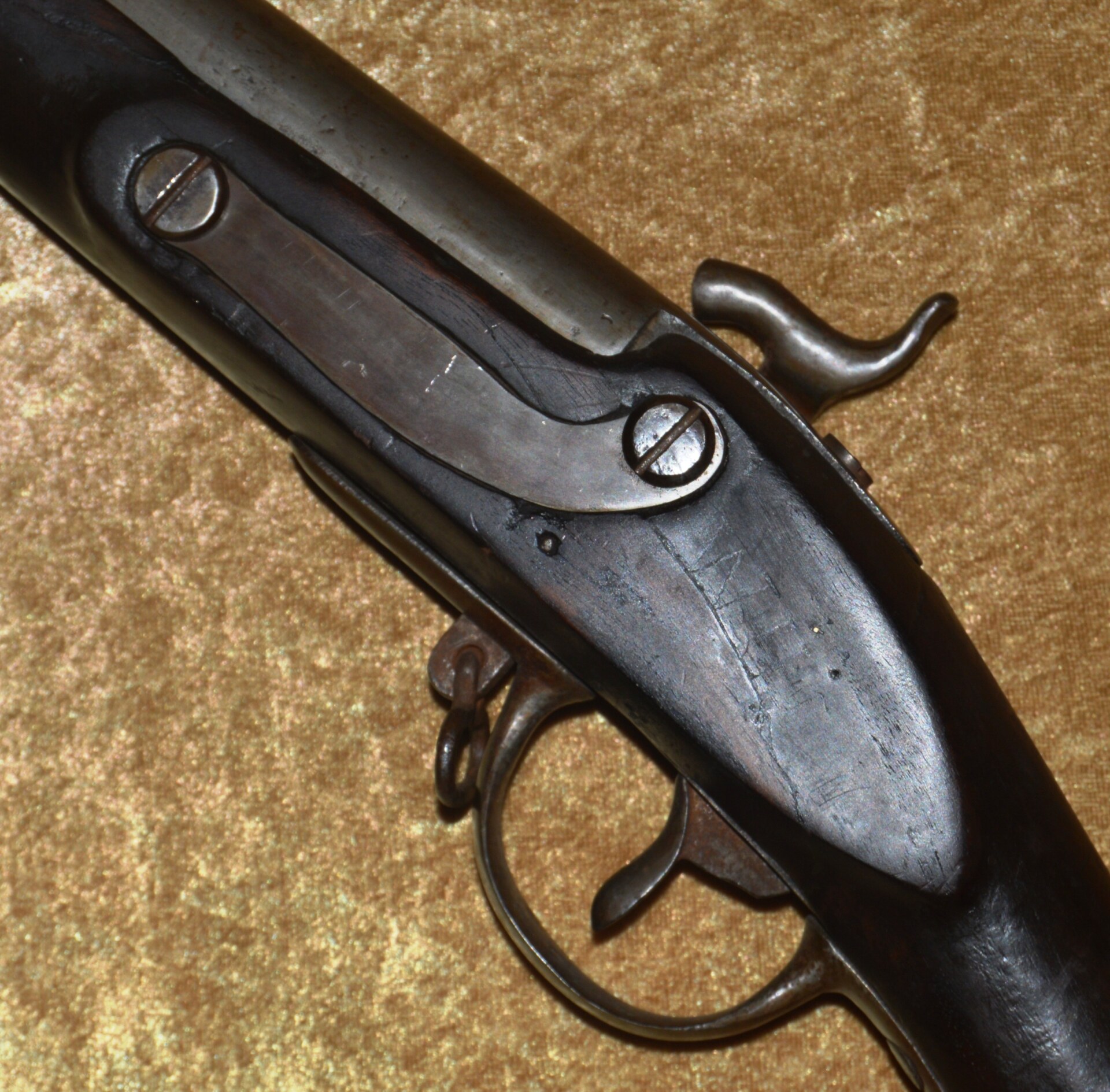
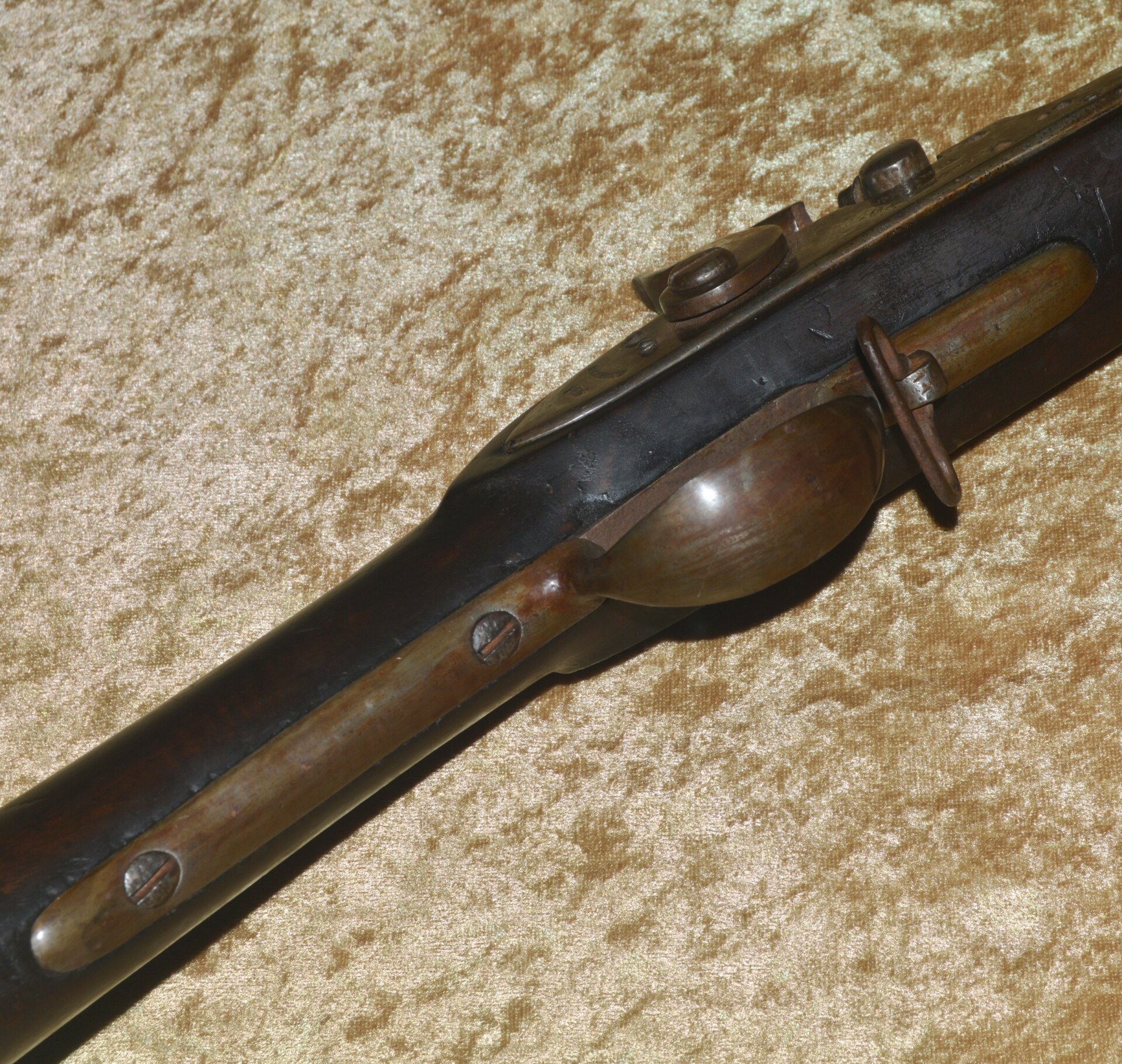
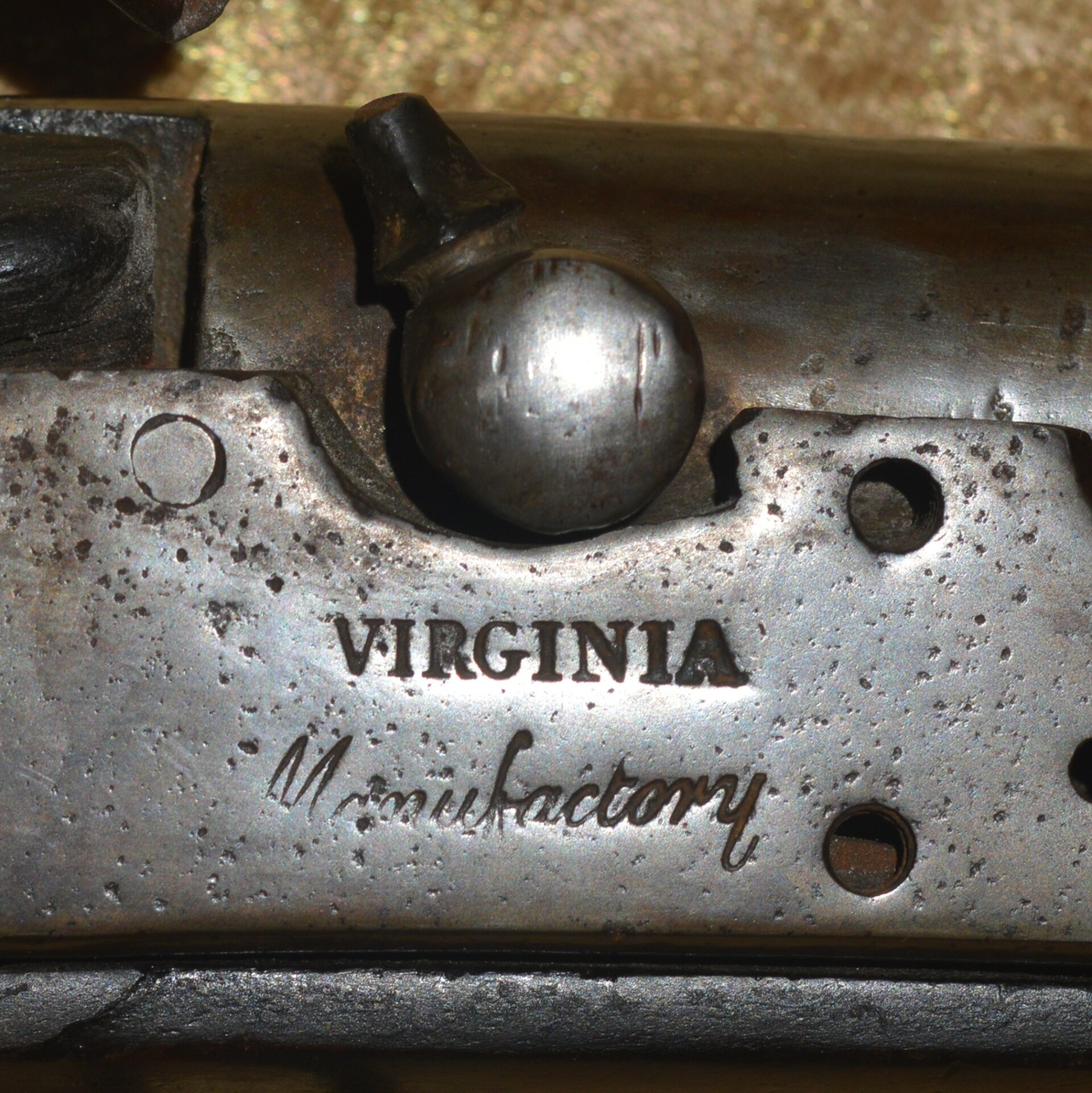
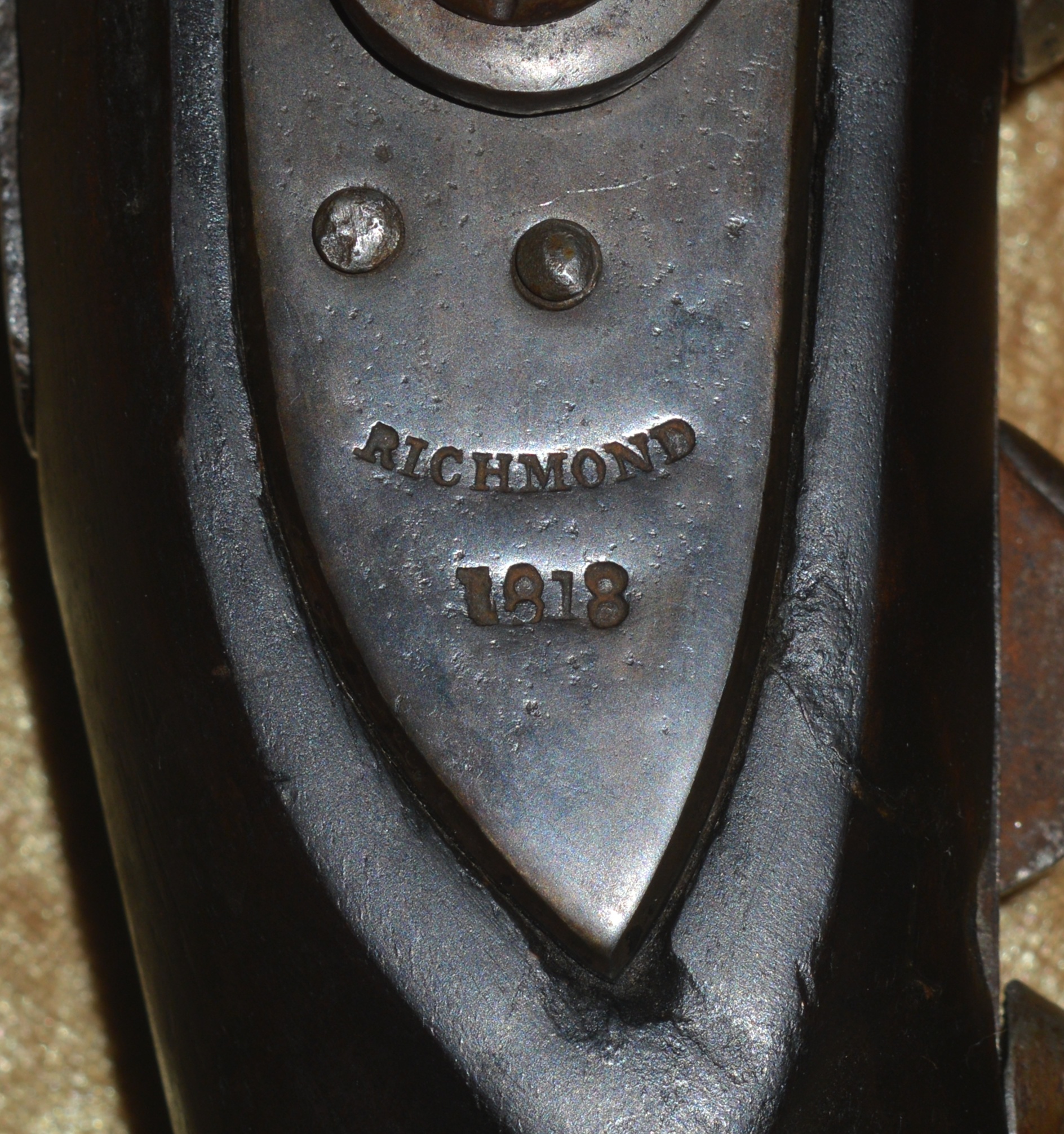
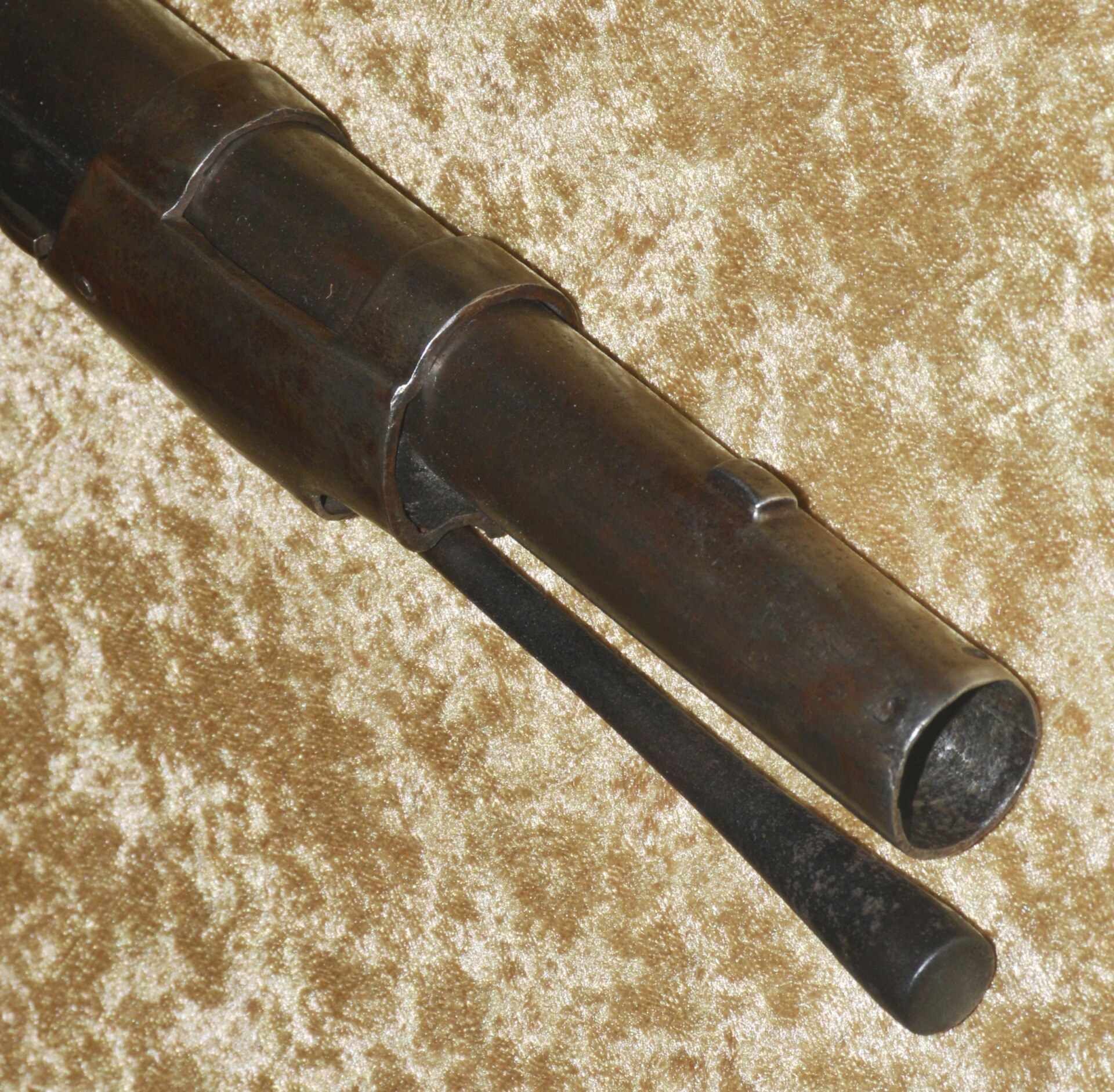
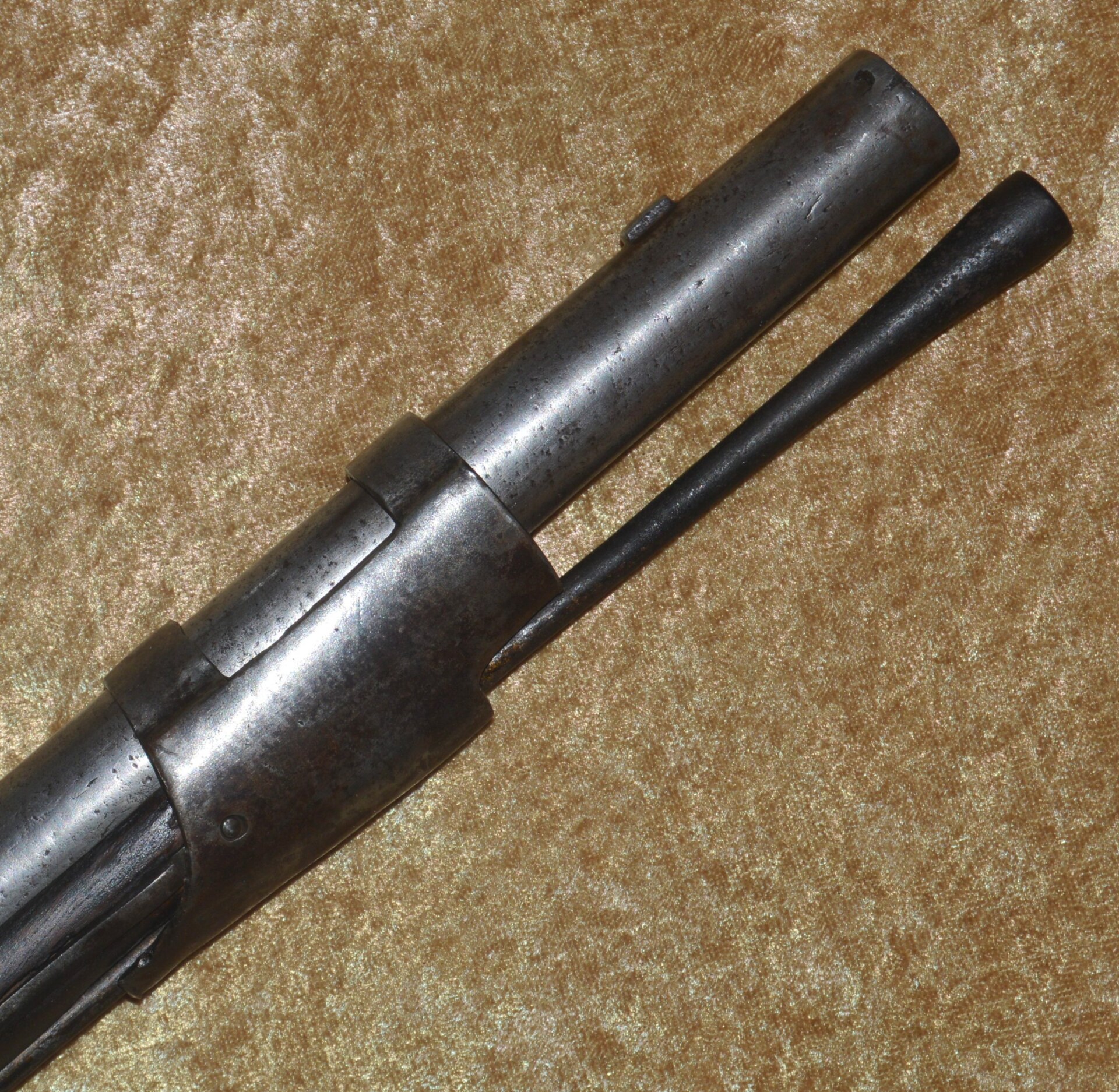
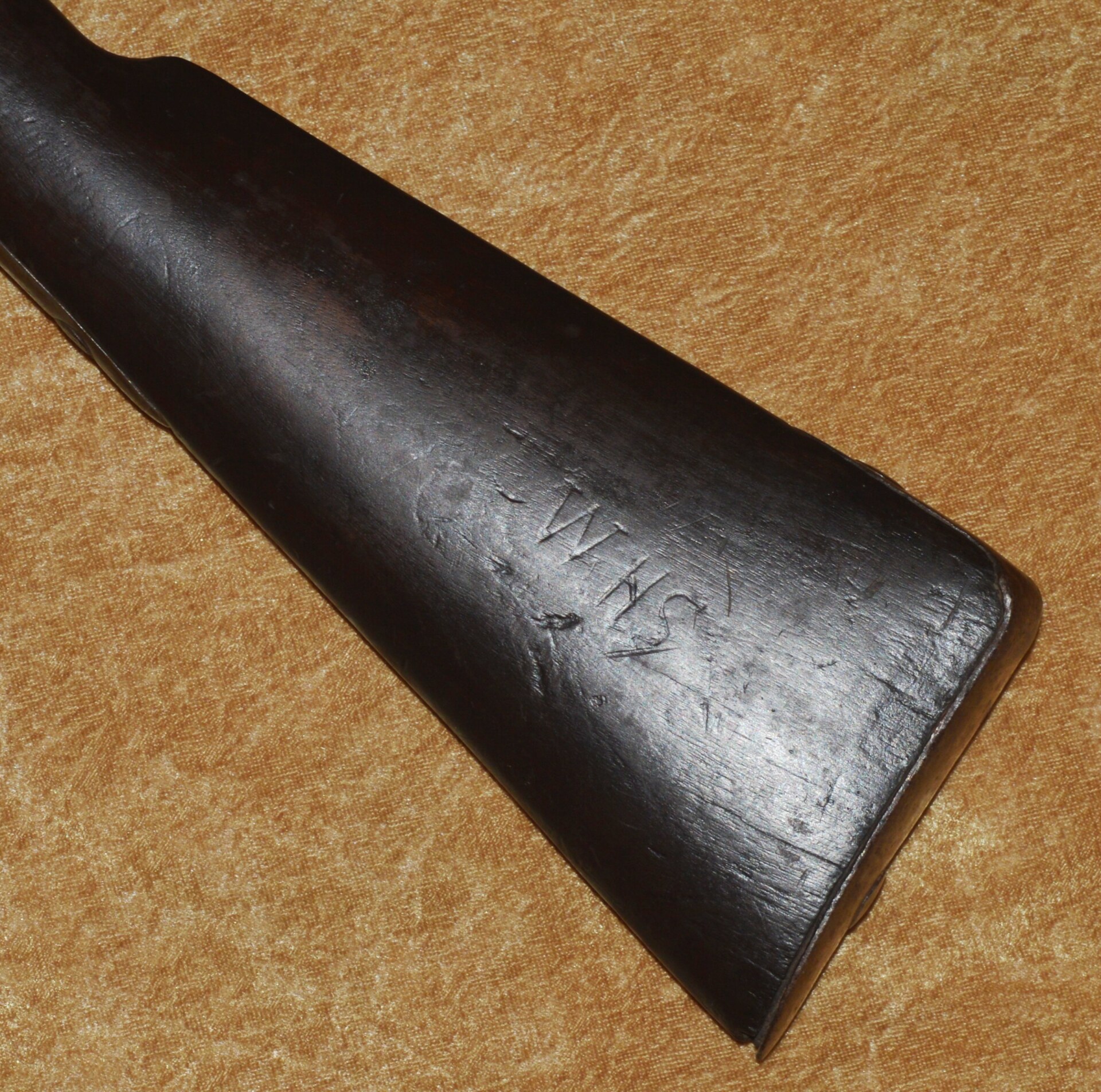

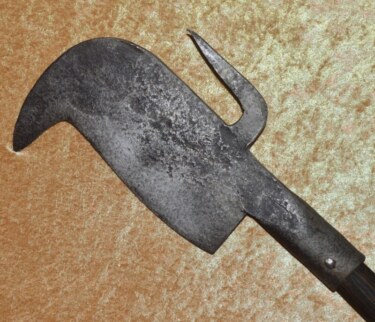 English Gothic Bill, Probably 15th C
English Gothic Bill, Probably 15th C 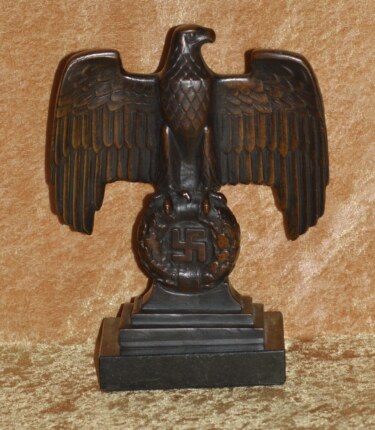 Scarce NAZI German Desk Ornament/Statue
Scarce NAZI German Desk Ornament/Statue  Austrian M1765 Grenadier Saber
Austrian M1765 Grenadier Saber  Fine and Unique Signed Japanese Samurai Wakizashi
Fine and Unique Signed Japanese Samurai Wakizashi